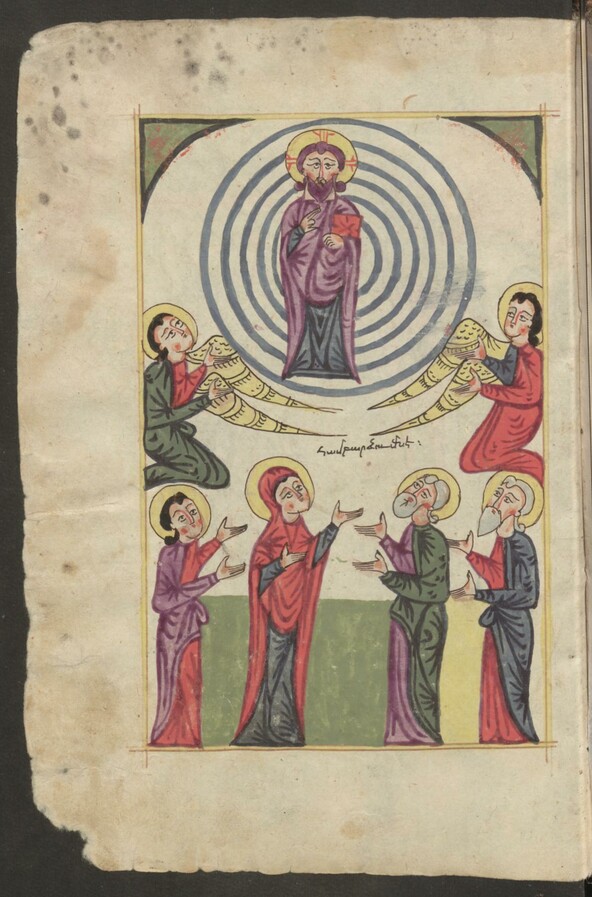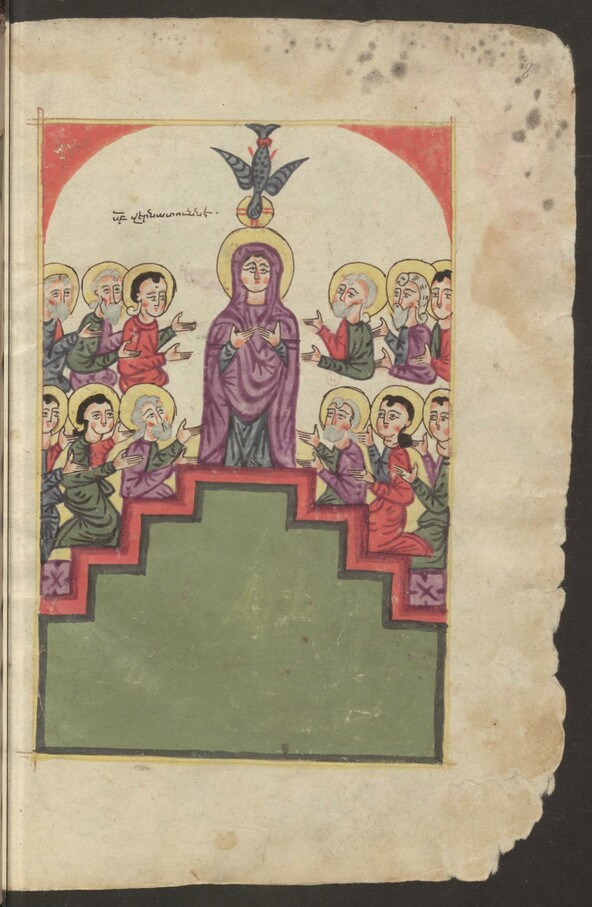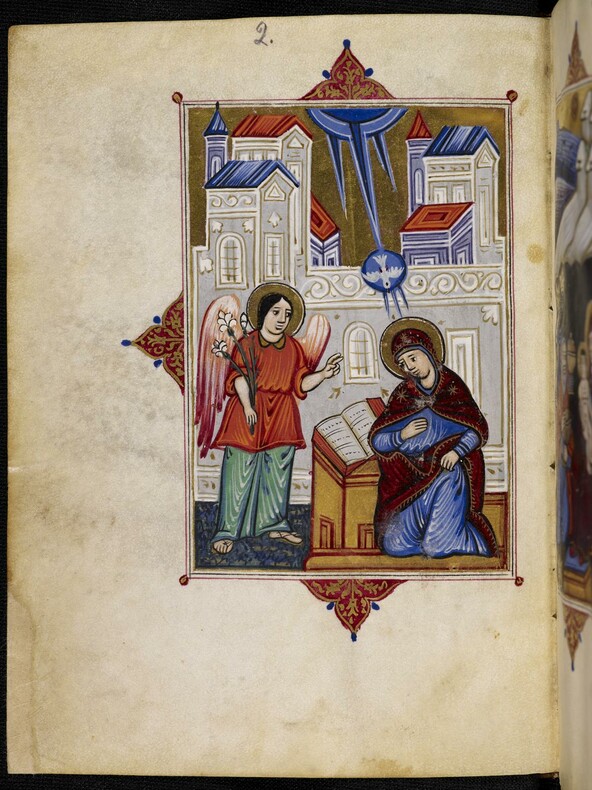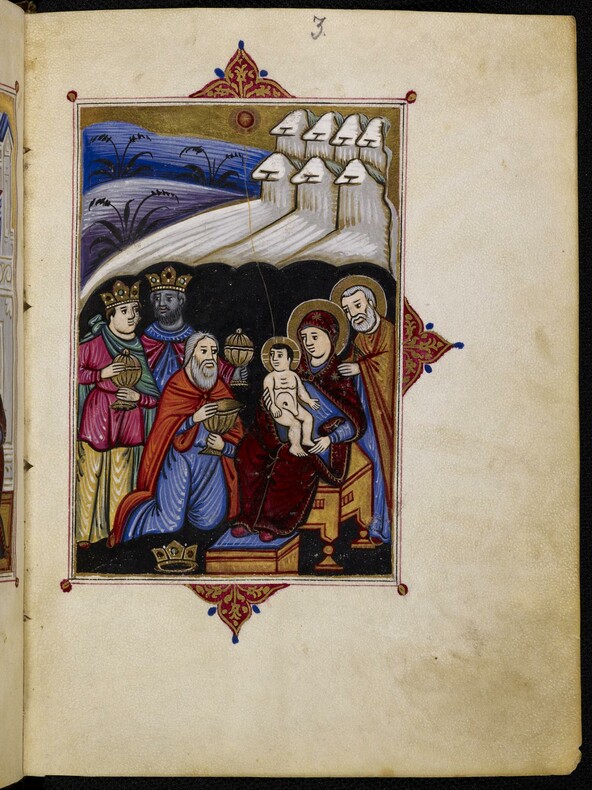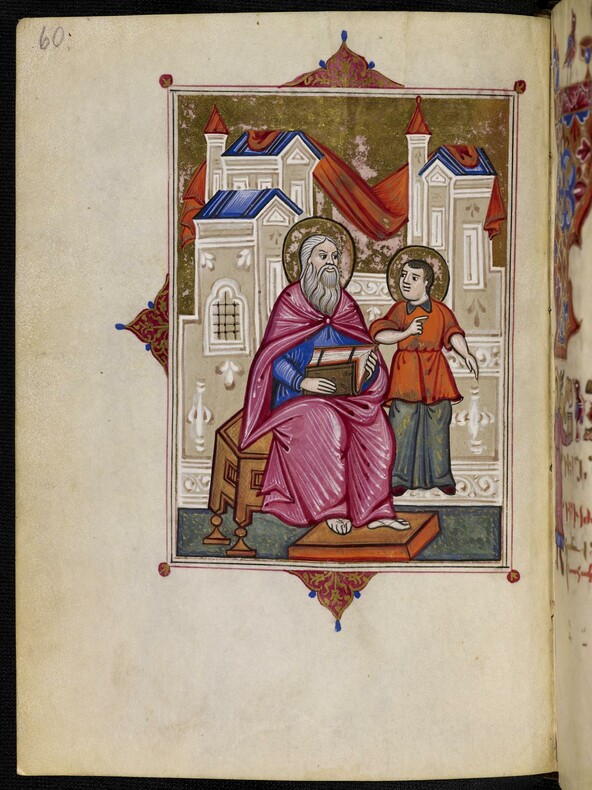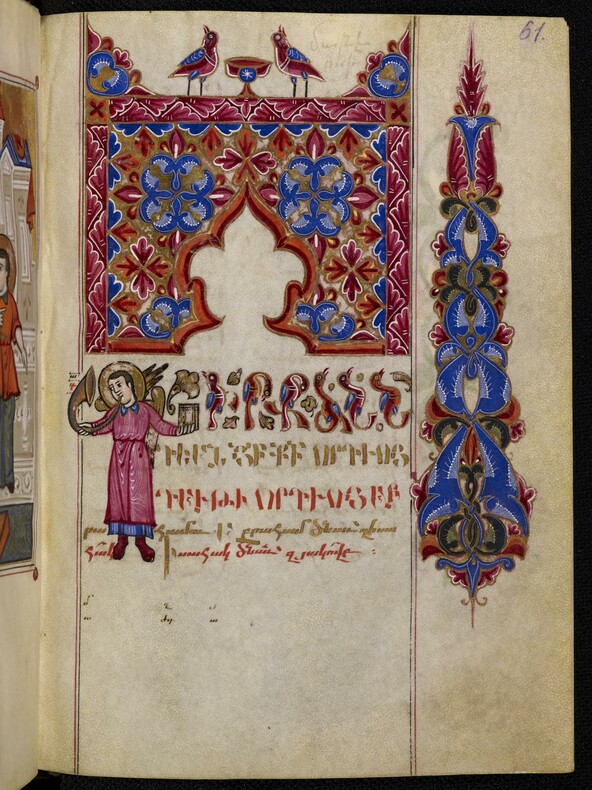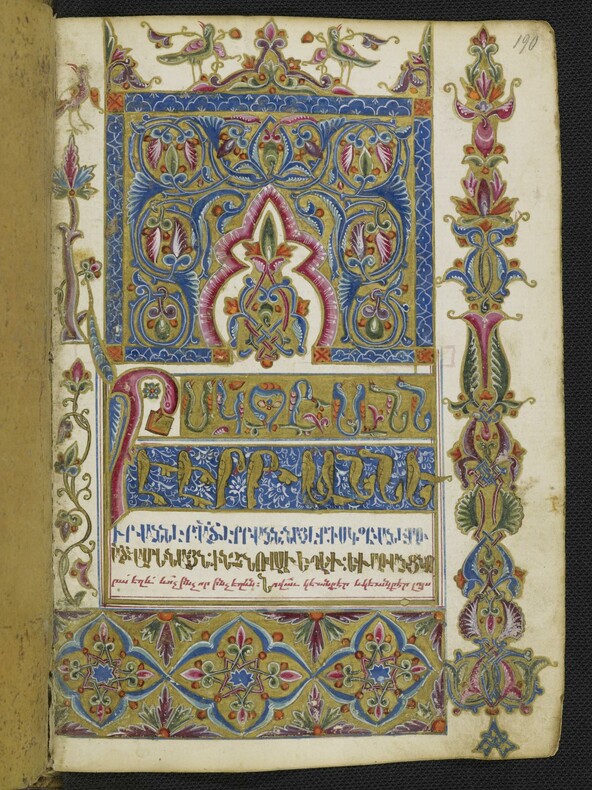Orient
Armenian Manuscripts
The first four Armenian manuscripts were brought to the then Electoral Library in the 17th century by the orientalist Theodor Peträus. In the 19th century, a heyday of the Oriental collection at the Royal Library in Berlin, there were another 95 Armenian manuscripts. They came primarily from Persia and the Ottoman Empire and were acquired as part of the important Minutoli and Petermann collections. The seven oldest complete manuscripts of the Berlin Armenian collection date from the 14th century. Fragments in Erkatagir script (remains of older manuscripts that were pre-bound as so-called flying leaves at the beginning and end of the book) date back to the 9th and 10th centuries. The most recent specimens date from the 19th century. Of the total of 134 manuscripts, fifty are illuminated, including twenty-four complete gospels.
The majority of the manuscripts (99) were already described in 1888 by Nicolaus Karamianz in the list of Armenian manuscripts. In 1962, the volume Armenian Manuscripts by Julius Assfalg and Joseph Molitor was published in the series Verzeichnis der orientalischen Handschriften in Deutschland (VOHD). It contains detailed descriptions of twenty-three other Berlin manuscripts.
The Staatsbibliothek zu Berlin has the largest holdings of Armenian manuscripts in Germany.
Minutoli 291 - Armenian Tetraevangeliary of Harhoc'
According to the scribe's colophone, this "Holy Gospel" was written in bitter and distressful times in the village of Harhoc', southeast of Lake Van, around 1450. The lack of high-quality colors and gold in the illumination of the manuscript testify to the relative poverty of the community. Nevertheless, the result is an expressive masterpiece of the "Vaspuraken style" with numerous miniatures and border decorations on almost every side.
Ms. or. oct. 3690 - Armenian Tetraevangeliary, Constantinople, c. 1650
This book belongs to the genre of the Tetraevangeliary, a synopsis of the four Gospels with parallel passages intended for reading in Armenian worship. It was written on very fine parchment and richly illuminated in the typical style of Constantinople.
Ms. or. quart. 337 - Armenian Healing Gospels, Gori, 1706
In its illuminations, this gospel book makes special reference to the healing miracles of Christ – it was supposed to bring comfort and healing to the sick. The richly decorated manuscript was created in 1706 in Gori, Georgia, and is considered one of the most beautiful Armenian manuscripts in the State Library.
